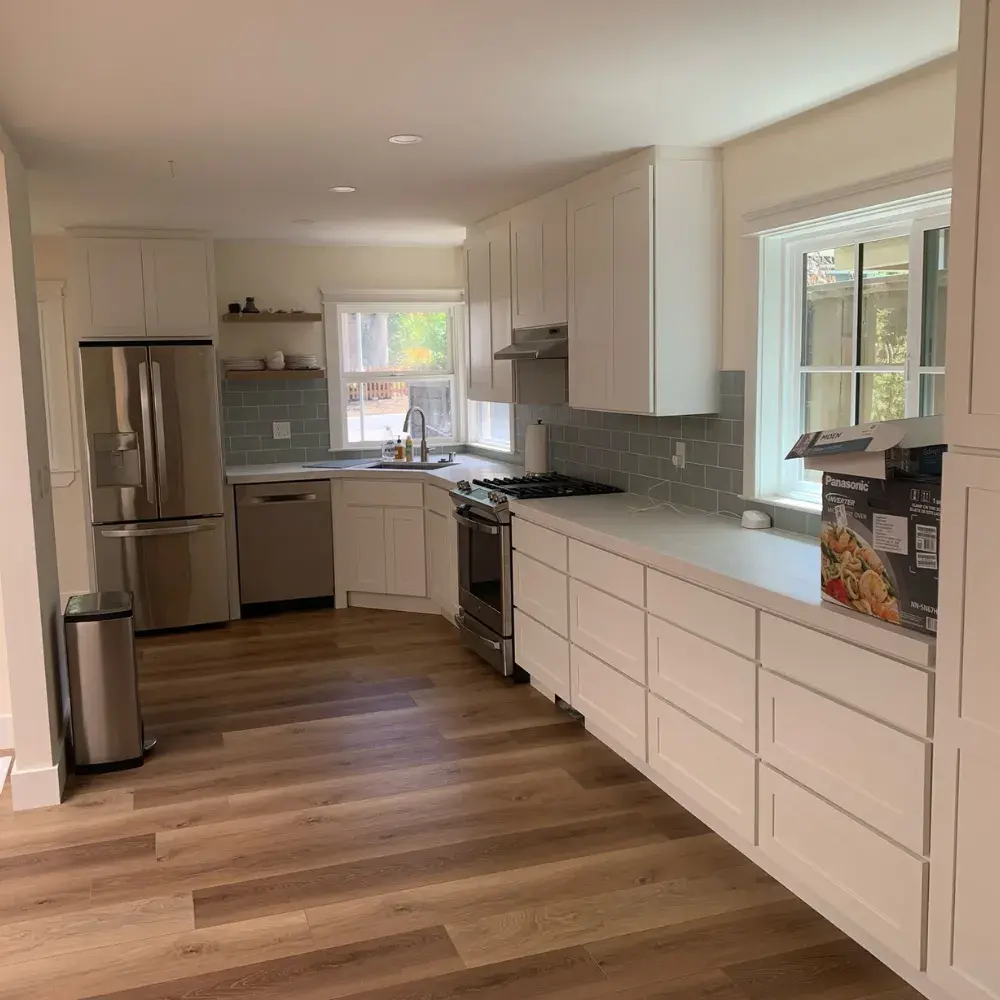Every efficient and beautiful kitchen starts with thoughtful layout planning. Behind the surfaces and style, there’s a foundation built on time-tested design principles that govern space, function, and flow. These principles don’t just apply to large kitchens or custom spaces — they are equally essential in compact homes, modern apartments, and open-concept layouts. By understanding how these fundamentals inform layout decisions, homeowners can unlock a kitchen that feels as good as it functions.
The Relationship Between Space and Purpose
A kitchen’s layout must reflect how the space will be used daily. This is where spatial awareness comes in — one of the most critical principles in interior architecture. Designers prioritize relationships between cooking, prep, storage, and cleaning areas to streamline workflows. The “kitchen work triangle” remains a classic example of this thinking, ensuring that the cooktop, sink, and refrigerator form an efficient, navigable triangle. When layouts are shaped with purpose, functionality rises to meet aesthetics, and the entire environment becomes more intuitive.
Visual Balance and Flow
While functionality leads, visual harmony follows closely behind. A well-planned kitchen layout distributes weight and proportion evenly, whether through cabinet placement, island positioning, or appliance integration. The goal is not only to eliminate clutter but to provide an effortless visual flow from one section to the next. Lines, lighting, and layering of materials are guided by balance — a core design principle that supports comfort and sophistication. Even the most minimalist spaces rely on strong layout structure to feel open yet grounded.
Adaptability to Lifestyle
Today’s homes are more dynamic than ever, and kitchen layout planning must reflect that. Whether it’s accommodating multiple cooks, creating a space that allows for entertaining, or integrating smart appliances, layouts must be adaptable. This need for customization underscores why working with professionals can elevate a project. At kitchen design firms, the layout is never one-size-fits-all — it’s curated to align with how you live. This principle of user-centered design keeps the space personal, intentional, and future-ready.
Function First, Style Follows
Although aesthetics drive initial inspiration, the success of any layout rests on how well it supports the day-to-day. Kitchens that prioritize form over function often face challenges like bottlenecks, poor lighting, or wasted storage potential. Professional designers anchor decisions in functionality first, then enhance the environment with textures, color schemes, and finishes. With this approach, your kitchen design becomes a blend of both art and logic — stylish, yet purpose-driven.
Learn More

